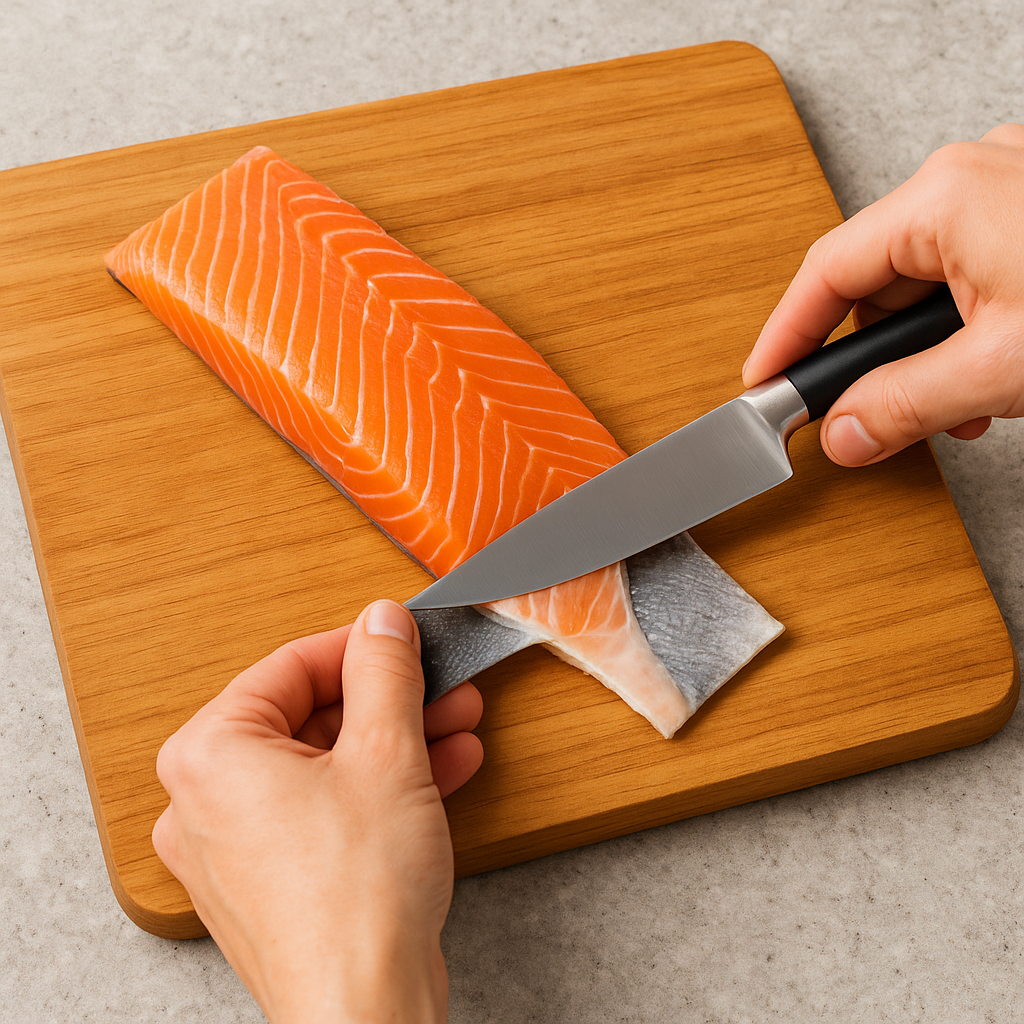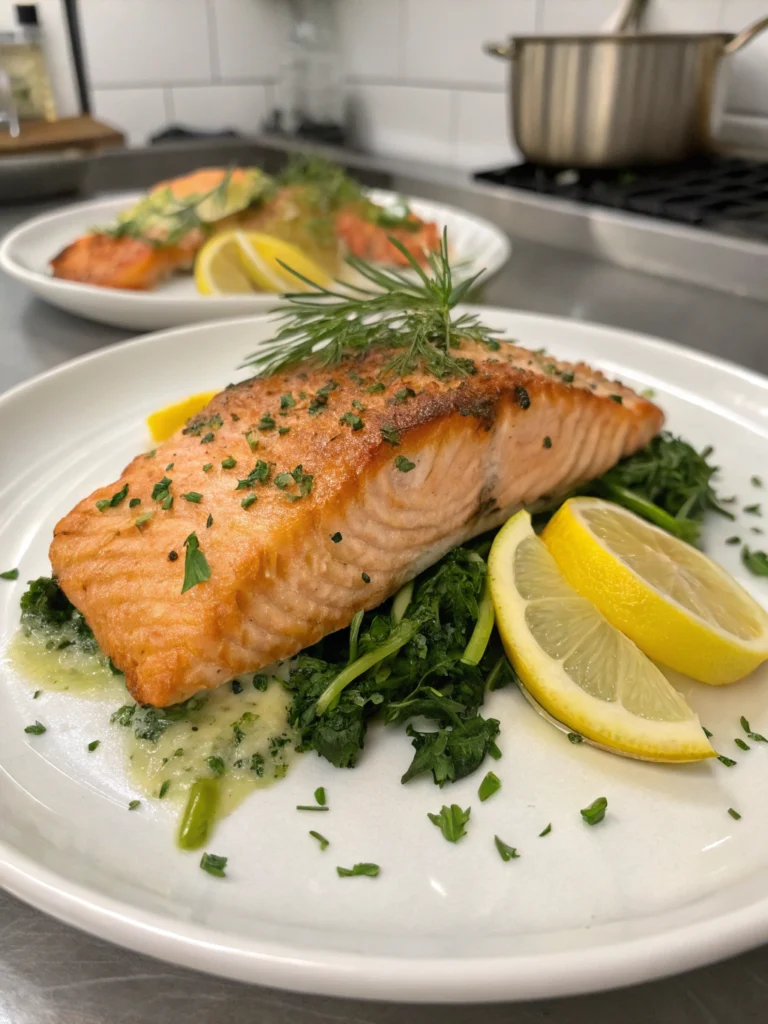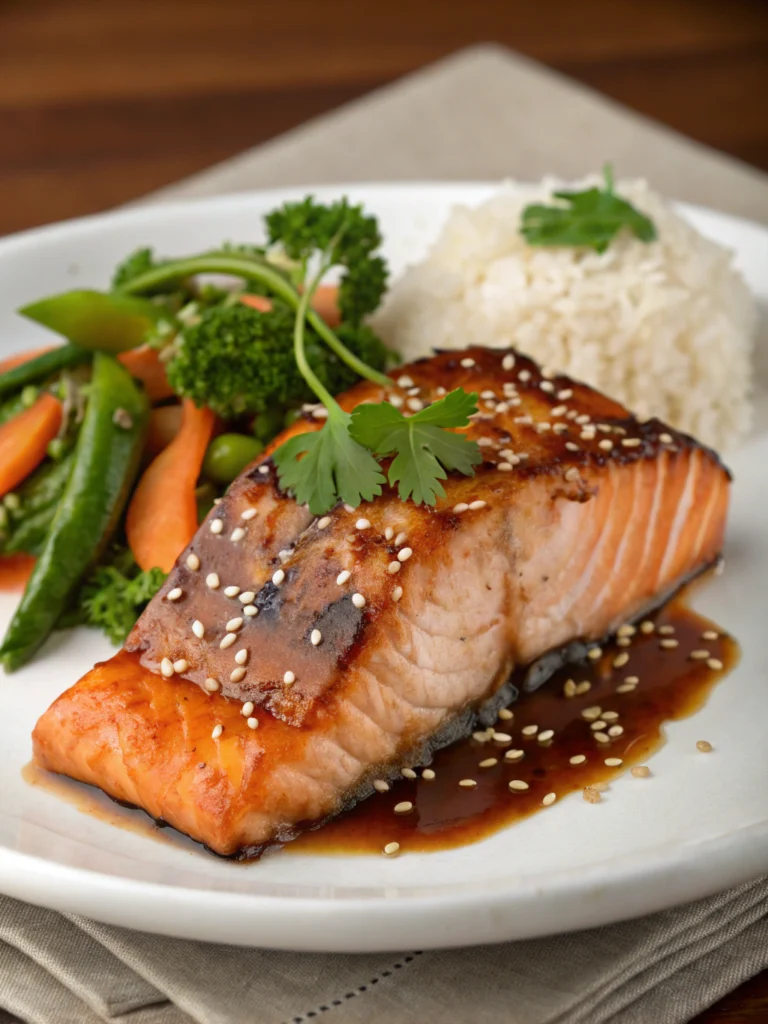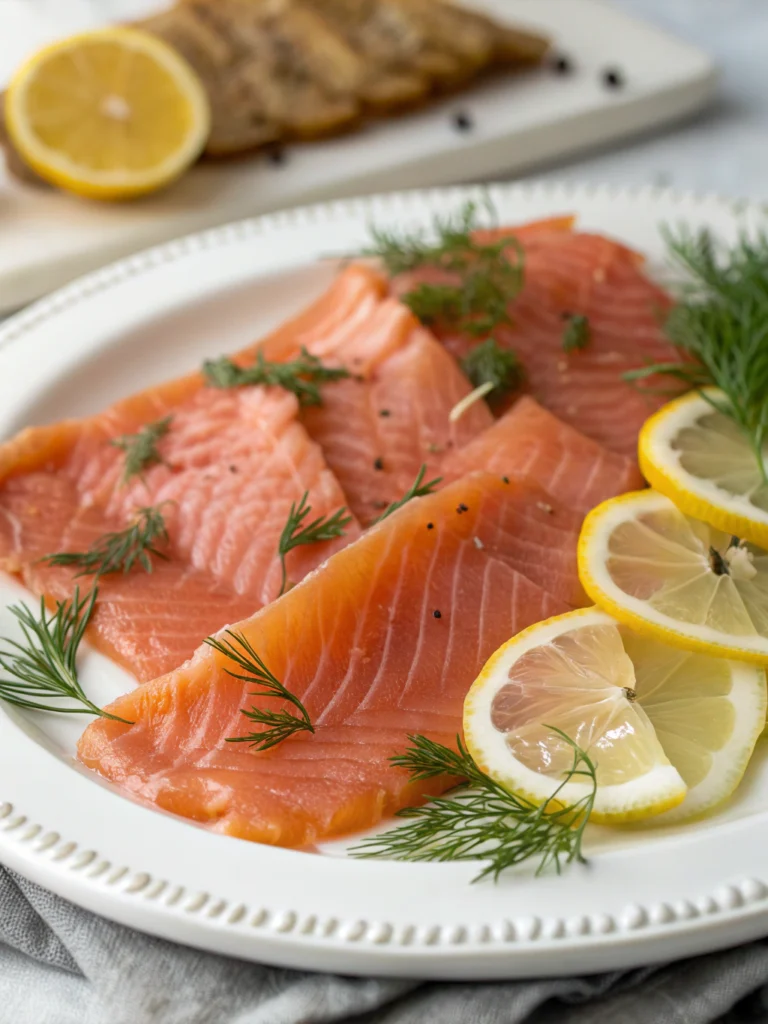What is the easiest way to remove the skin from salmo

Remove the skin from salmo can be tricky, but it’s doable with the right tools and techniques. It’s a key step in getting ready to cook salmo. This article will show you the simplest way to remove salmo skin, making it easy for everyone.

We’ll talk about the various methods, tools, and techniques for removing salmo skin. Whether you’re a pro chef or a home cook, learning to remove salmo skin is crucial. With the right steps, you can make tasty and healthy salmo dishes without the trouble of tough skin.

Introduction to Salmo Skin Removal
Removing the skin from salmo is a vital step before cooking. It helps avoid overcooking and makes sure your dishes are tender and full of flavor. Next, we’ll dive into the best ways to remove salmo skin, covering techniques, tools, and methods for great results.
Key Takeaways
- Salmo skin removal is a crucial step in preparing salmo for cooking
- The right techniques and tools are essential for easy and efficient skin removal
- Mastering the art of salmo skin removal is essential for achieving perfect results
- Removing the skin from salmo can reduce the risk of overcooking
- Salmo skin removal requires some skill and practice, but it’s a valuable skill to have in the kitchen
Understanding Your Salmo and Why Skin Removal Matters
Cooking salmo requires knowing the different types of salmo fish. These fish belong to the salmonidae family and are loved by many. Removing the skin can make the fish taste better and feel softer, which is why it’s a key step.
The way you cook salmo depends on the type of fish. Salmo fish come in many species, each with its own traits. To get the most out of your salmo, removing the skin is a good idea. It improves taste and cuts down on the chance of getting sick from food.
- Improved flavor: Taking off the skin can lessen the fishy taste and let the salmo’s natural flavors come through.
- Reduced risk of foodborne illnesses: Fish skin can have bacteria and other harmful things, so it’s best to remove it for safety.
But, sometimes it’s better to leave the skin on. This is true when grilling or pan-frying, as it keeps the fish moist and flavorful. Knowing about the different salmo fish and the benefits of skin removal helps you cook better. This leads to a more enjoyable and safe meal.
Essential Tools for Removing Fish Skin
Removing the skin from salmo needs the right tools. Fish skinning techniques require precision and care. A sharp knife is key for a clean cut and to avoid damaging the flesh. A cutting board gives a stable surface for the fish, making it easier to handle.
A pair of tweezers can help remove any leftover skin or scales. It’s important to pick the right tools and keep them in good shape. A dull knife is more dangerous than a sharp one because it needs more pressure and can cause accidents.
- A fillet knife for making precise cuts
- A pair of gloves for protecting your hands from sharp edges and scales
- A clean and sanitized workspace to prevent contamination
With the right tools and properfish skinning techniques, you can remove the skin safely and successfully.
Preparing Your Workspace for Safe Skin Removal
Removing the skin from salmo needs a clean and well-lit area. This is key for safe and efficient fish preparation. A tidy workspace helps avoid accidents and ensures top-quality salmo.
To get your workspace ready, clear a big area on your cutting board. This gives you enough space to work on your salmo. Think about the fish preparation you’ll do and what tools you’ll need.
- Ensuring good lighting to see the skin and flesh of the salmo clearly
- Having a sharp knife and other necessary tools within easy reach
- Maintaining a clean and hygienic environment to prevent contamination
By preparing your workspace well, you ensure a safe skin removal process. This results in beautifully prepared salmo for your favorite fish recipes.
The Classic Knife Technique for Salmo Skin Removal
Removing the skin is key in salmo cooking methods. The classic knife technique is a favorite for this task. Hold the knife at a 45-degree angle and apply gentle pressure.
This angle helps make a smooth cut. It’s vital for salmo cooking methods.
To succeed, make a long, continuous cut. Avoid applying too much pressure to prevent tears. This way, you can remove the skin in one piece.
Mastering this technique is crucial for those looking to enhance their salmo cooking methods.

Here are some tips for the classic knife technique: * Use a sharp knife to avoid skin tears. * Apply gentle pressure to prevent too much force. * Make a long, continuous cut for a single piece of skin removal. By following these tips and practicing, you’ll easily remove the skin from your salmo. This makes it ideal for various salmo cooking methods.
Using a Fish Skin Scaling Tool: Step-by-Step Guide
Removing the skin from salmo can be easier with a fish skin scaling tool. These tools are made to simplify the process. They help you get perfectly skinned fish every time. It’s key to pick the right tool for the job.
A good tool should be durable, easy to use, and gentle on the fish. With the right tool, removing the skin from your salmo is quick and easy. You’ll have a beautifully prepared piece of fish. Popular tools include scaling knives, fish skin removers, and scaling tools with built-in skin grips.
Benefits of Using a Fish Skin Scaling Tool
- Easy to use: Fish skin scaling tools are designed to make the skin removal process simple and straightforward.
- Efficient: With a fish skin scaling tool, you can quickly remove the skin from your salmo, saving you time and effort in the kitchen.
- Gentle on the fish: A good fish skin scaling tool will be gentle on the fish, helping to prevent damage and preserve the delicate flavor and texture.
Using a fish skin scaling tool can elevate your fish preparation. It’s a must-have for both seasoned chefs and home cooks.
Professional Chef Tips for Perfect Skinning
For professional fish skinning, chefs rely on the right tools and techniques. High-quality tools and a clean workspace are key. A sharp knife and a non-slip cutting board are essential, say chefs.
Here are some tips from professional chefs to help you improve your skinning skills:
- Use the right knife: A sharp, flexible knife is ideal for professional fish skinning.
- Maintain a clean workspace: Keep your cutting board and tools clean and sanitized to prevent contamination.
- Practice makes perfect: The more you practice professional fish skinning, the better you’ll become at it.
As you work on perfecting your professional fish skinning skills, remember to be patient and pay attention to detail. With time and practice, you’ll be able to achieve perfect skinning like a pro.
Common Mistakes to Avoid When Removing Fish Skin
Removing fish skin can be tricky. Mistakes can make the fish quality poor. One big mistake is using the wrong angle. This can cause uneven skin removal and damage the fish.
To avoid this, hold the knife at the right angle. Use a gentle, smooth motion. This helps you get a smooth finish.
Applying too much pressure is another mistake. It can tear the skin and ruin the finish. Using too much pressure can also lead to accidents and injuries.
By using the right amount of pressure and taking your time, you can avoid these mistakes. This way, you’ll get a smooth, even finish.
Temperature is also key when removing fish skin. If the fish is too cold, the skin is hard to remove. If it’s too warm, the skin gets soft and fragile.
To solve these problems, work with fish at room temperature. Use a sharp knife to make the process easier and more efficient. By following these tips, you can master removing fish skin and enjoy perfectly cooked salmo every time.
Wrong Angle Problems
- Uneven skin removal
- Potential damage to the fish
- Difficulty in achieving a smooth finish
Knife Pressure Issues
- Tearing of the skin
- Poor-quality finish
- Risk of accidents and injuries
- Difficulty in removing skin if fish is too cold
- Soft and fragile skin if fish is too warm
- Importance of working with fish at room temperature
Storage Tips for Skinned Salmo
After removing the skin from your salmo, it’s key to store it right to keep it fresh. Proper storage stops spoilage and keeps your salmo safe to eat. There are a few ways to store salmo.
Refrigeration is a common method for storing skinned salmo. Place the fish in a sealed container or bag. Store it in the fridge at 40°F (4°C) or lower. Also, keep it away from foods with strong smells, as salmo can pick up odors.
Refrigeration Methods
- Store skinned salmo in a sealed container or bag
- Keep the fish at a temperature of 40°F (4°C) or below
- Store the fish away from strong-smelling foods
Freezing Guidelines
Freezing is another way to store skinned salmo. Wrap the fish tightly in plastic wrap or aluminum foil. Then, put it in a freezer-safe bag. Make sure to label the bag with the date and what’s inside. Store it at 0°F (-18°C) or lower.

By using these salmo storage methods, you can keep your skinned salmo fresh and quality. Whether you refrigerate or freeze, always handle it safely. This prevents spoilage and foodborne illness.
Utilizing Removed Fish Skin: Zero Waste Tips
Many people don’t know the many uses of utilizing fish skin. It can be turned into various products, cutting down on kitchen waste. Making fish stock is a popular choice, great for soups and stews. Fish sauce adds a salty, umami taste to meals.
Looking to get creative? Removed fish skin can also be a natural fertilizer. This is both good for the planet and your wallet. Here are some ideas for utilizing fish skin:
- Make fish stock by simmering the skin in water with veggies and spices
- Use the skin to make fish sauce, a tasty condiment or ingredient
- Add the skin to compost for a nutrient-rich fertilizer for plants
By utilizing fish skin in these ways, you can cut down on waste and make useful items. It’s not just good for the environment; it makes your kitchen more sustainable. With a bit of creativity, fish skin waste can become a valuable resource.
Conclusion: Mastering the Art of Salmo Skin Removal
Removing the skin from salmo might seem hard at first. But with practice and the right techniques, it becomes easy. This guide has shown you how to do it well.
Remember, mastering the art of salmo skin removal is about getting better with practice. Start with a knife, then try special tools. Focus on how you hold your hands, the angle of your cuts, and the temperature.
As you get better at mastering the art of salmo skin removal, your dishes will look and taste better. Don’t be afraid to try new things. Practice often and enjoy the feeling of perfectly skinned salmo. You’re on your way to becoming an expert.
FAQ
What is the easiest way to remove the skin from salmo?
Removing the skin from salmo can seem hard, but it’s easier with the right tools and techniques. The knife method and using a fish skin scaling tool are simple ways to do it.
What are the different types of salmo fish?
Salmo fish come from the salmonidae family. Common types include Atlantic salmon, rainbow trout, and brown trout.
What are the benefits of removing fish skin?
Removing the skin can make the fish taste better and feel softer. It also cuts down on the risk of getting sick from food. Plus, it gets rid of any bad stuff in the skin.
When should I keep the skin on salmo?
Keep the skin on for grilling or pan-frying. It helps the fish stay in shape and adds a nice crunch.
What are the essential tools for removing fish skin?
You’ll need a sharp knife, a cutting board, and tweezers. Choosing the right tools and keeping them sharp makes the process smoother.
How do I prepare my workspace for safe skin removal?
Make sure your workspace is clean and well-lit. Use safety measures and hold your hands right to avoid accidents. This makes the skin removal better.
How do I use the classic knife technique for salmo skin removal?
Hold the knife at a 45-degree angle and cut smoothly. This method takes practice to get it right.
How do I use a fish skin scaling tool?
A scaling tool makes skin removal easy. Choose the right tool, follow the scaling technique, and clean up after.
What tips do professional chefs have for achieving perfect skinning?
Chefs use the right tools and keep their workspace clean. They also practice to get better at skinning.
What are some common mistakes to avoid when removing fish skin?
Avoid using the wrong angle, too much pressure, and not thinking about temperature. These mistakes can ruin the fish.
How should I store skinned salmo?
Store skinned salmo in the fridge or freezer. Follow the right methods to keep it fresh.
How can I utilize removed fish skin to reduce waste?
Use removed fish skin for fish stock, sauce, or even fertilizer. It’s a great way to reduce waste and use everything.

Salmo Skin Removal
Ingredients
Method
- Prepare your workspace by ensuring it's clean and well-lit.
- Gather all necessary tools within easy reach.
- Ensure your knife is sharp and ready for use.
- Hold the knife at a 45-degree angle to the salmo.
- Apply gentle pressure and make a long, continuous cut to remove the skin in one piece.
- Avoid using too much pressure to prevent tearing the skin.






